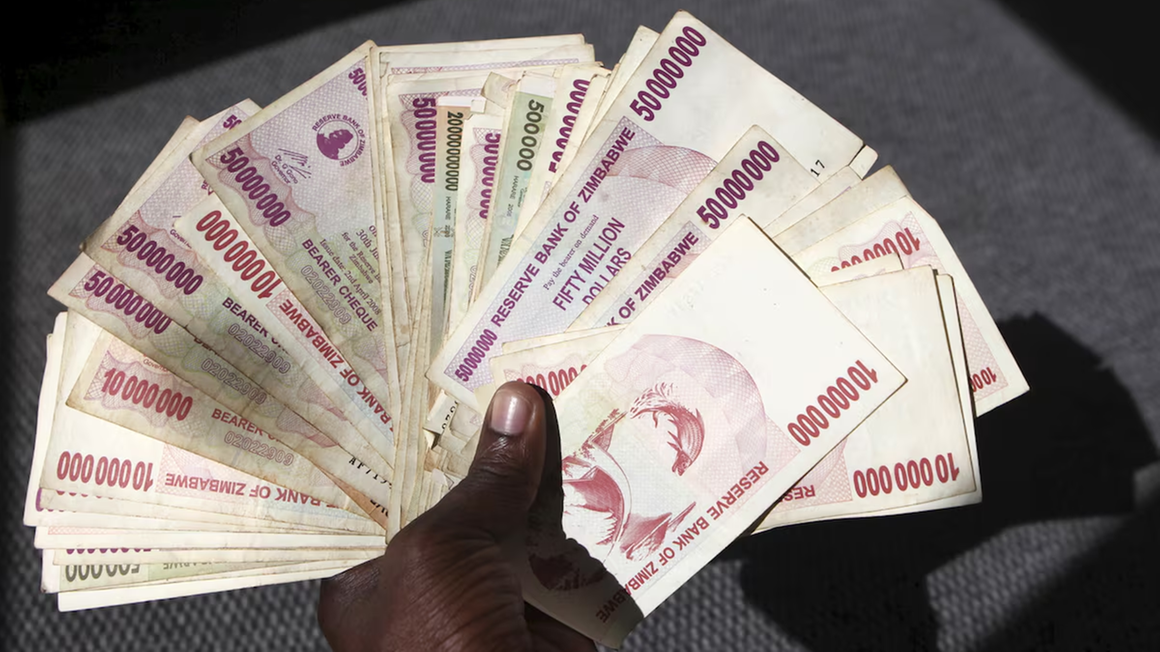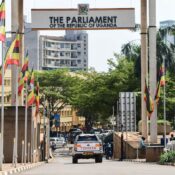
Amidst economic challenges, Zimbabwe’s new currency confronts obstacles
Amidst a severe drought, mounting foreign debt, and two decades of international isolation, Zimbabwe faces formidable challenges to its most recent attempts to reimagine its currency.
On April 4, Zimbabwe stated that it was relaunching its currency for the third time in ten years following episodes of hyperinflation, just days after declaring that it will need $2 billion to feed a significant portion of its population due to a severe drought.
Together with Malawi and Zambia, Zimbabwe is one of three nations in Southern Africa that have declared a state of emergency due to the drought brought on by El Nino, a naturally occurring climate that produced significantly less rainfall and higher temperatures.
An ongoing economic crisis marked by periodic currency crashes and hyperinflation exacerbates Harare’s humanitarian situation, where 2.7 million people are already at risk of hunger.
According to authorities, citizens who are finding it harder and harder to put food on the table will benefit from the most recent reinvention of the currency.
This week, trading of the Zimbabwe Gold (ZiG), which took the place of the Real Time Gross Settlement (RTGS) dollar, began at a rate of 13.56 to $1.
Financial institutions are finding it difficult to switch to the new currency, and as a result, banks and other online platforms have been delaying transactions for almost a week while they set up their systems to utilize the ZiG. The shift has not gone smoothly.
Only at the end of April will new coins and banknotes go into circulation, according to the Reserve Bank of Zimbabwe (RBZ). This week, as businesses and people in the country of southern Africa attempted to acclimate to yet another currency swap, supermarkets and informal markets exclusively traded in US dollars.
The majority of businesses were already refusing to accept the RTGS dollar, which only entered circulation in 2019, prior to the announcement that it would be discontinued after losing 80% of its value this year.
All Categories
Recent Posts
Tags
+13162306000
zoneyetu@yahoo.com



